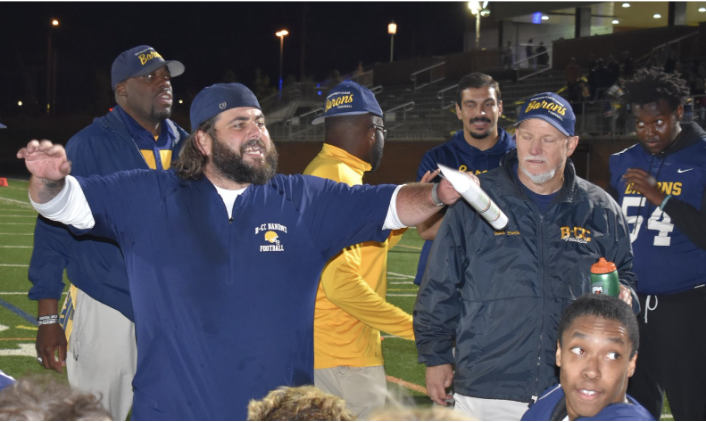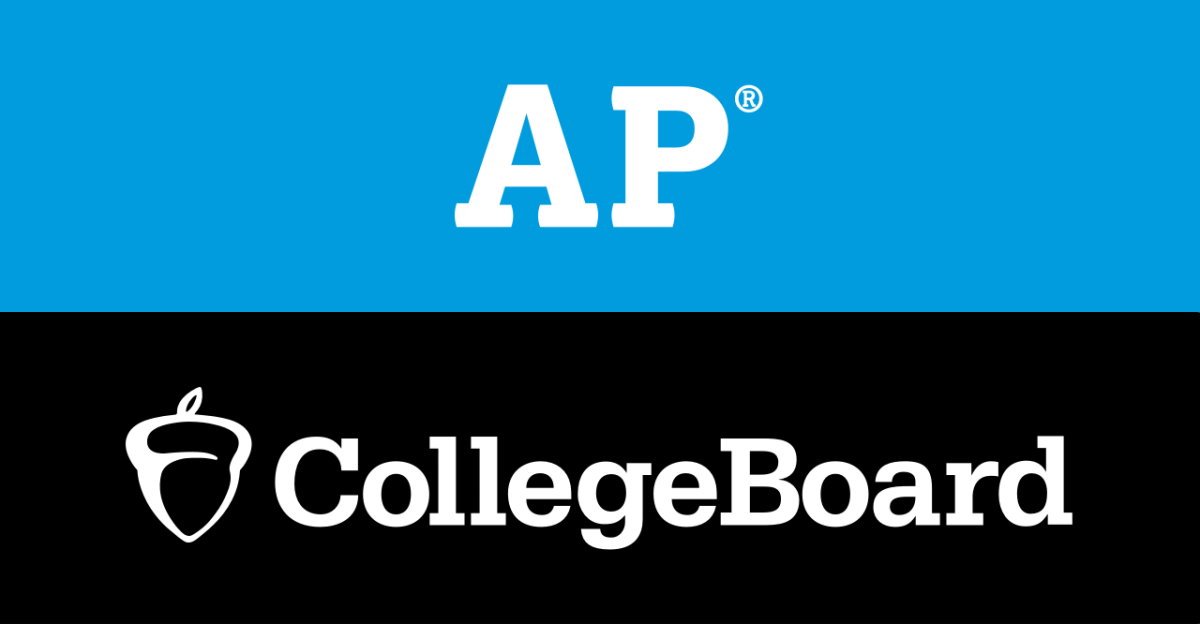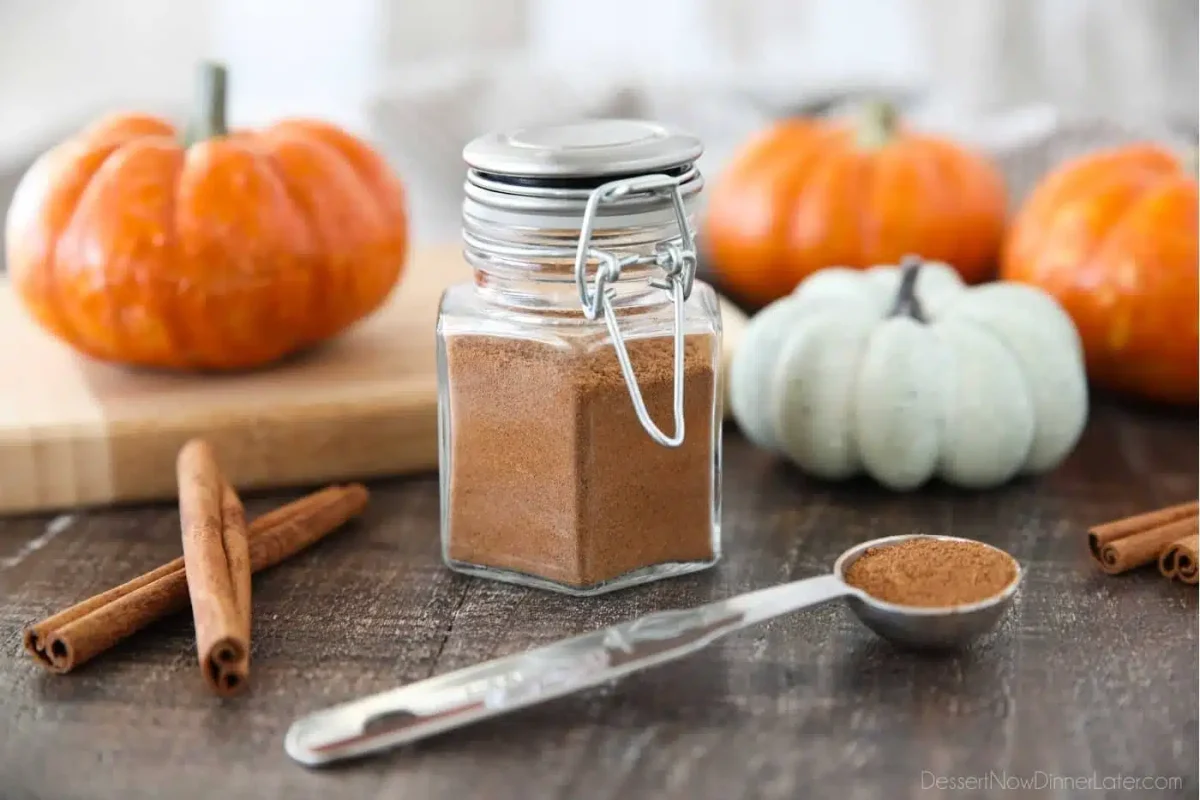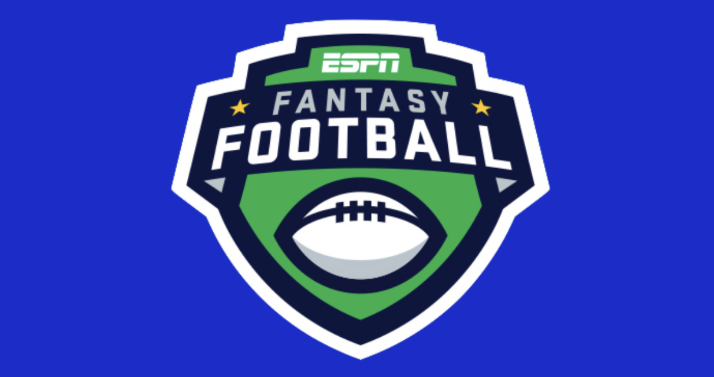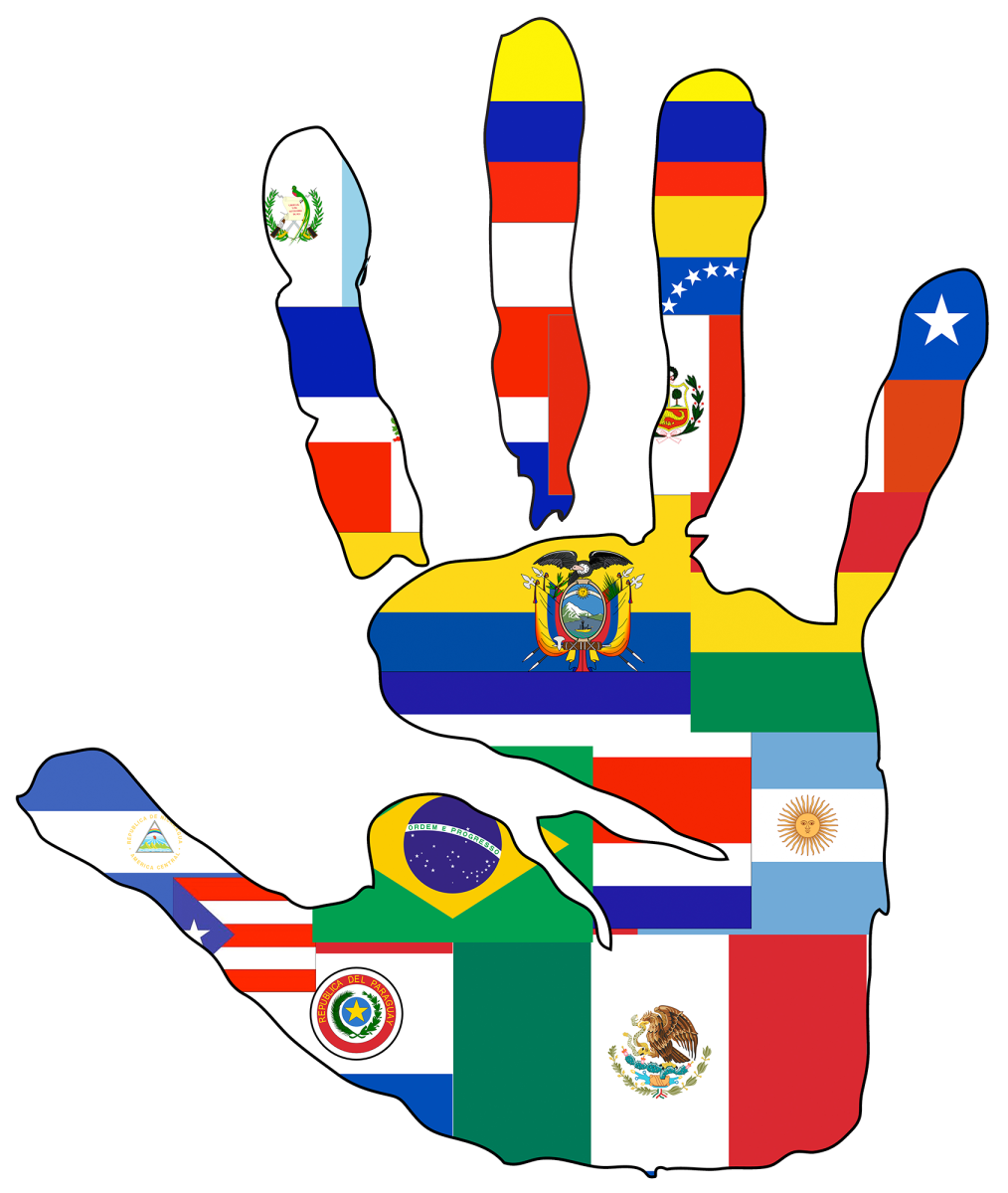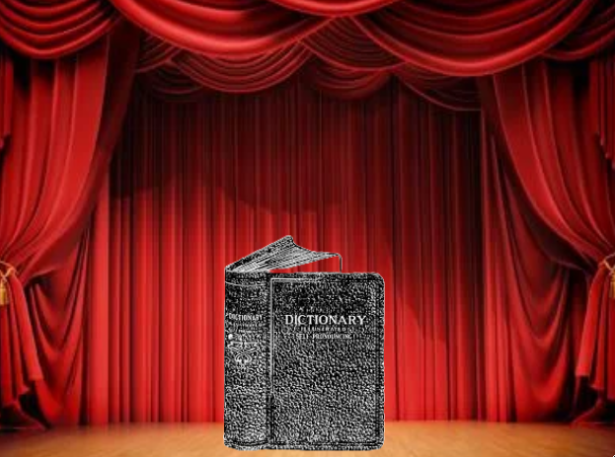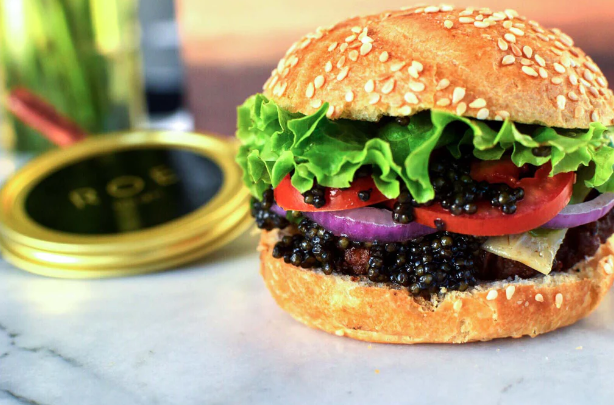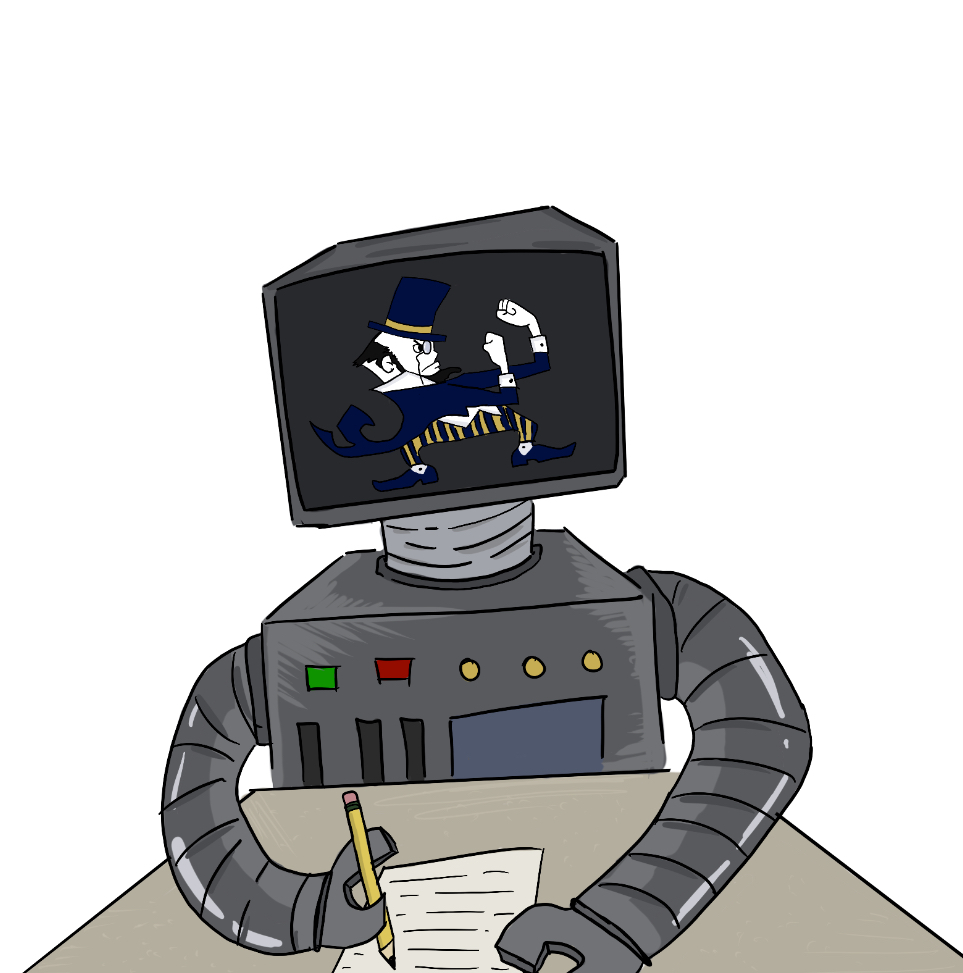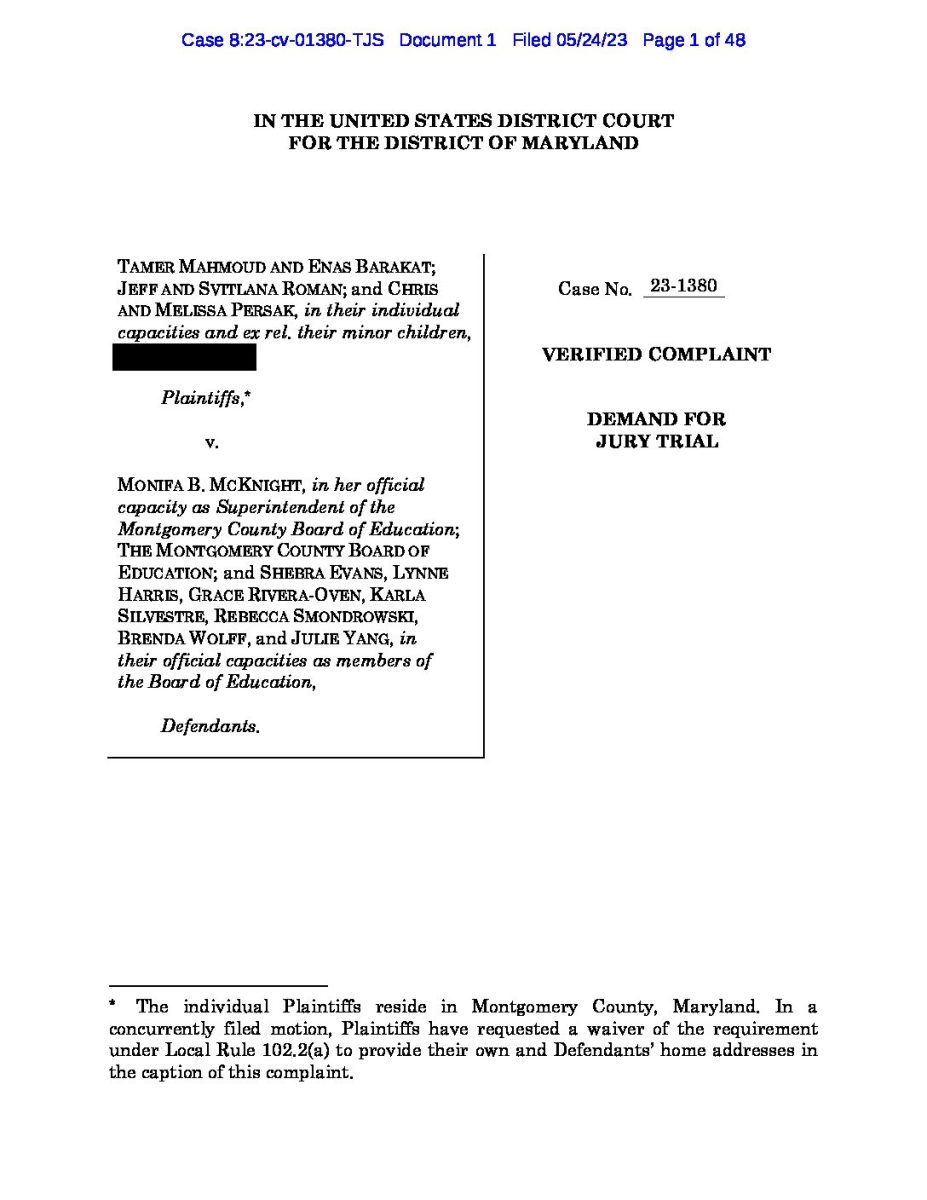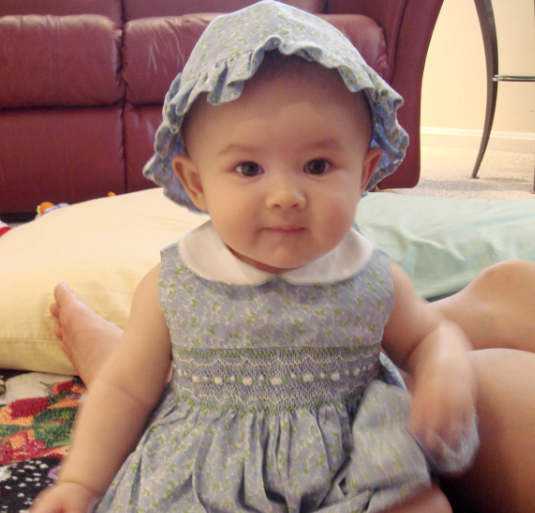According to a 2023 poll by Statista, 83% of Americans celebrate Thanksgiving. Another 32% of Americans stated in a poll by WCVB that their favorite Thanksgiving food is Turkey.
Turkey is an iconic symbol of the United States’ Thanksgiving traditions, but how did the turkey come to be?
It all started in 1621, when pilgrims of the Plymouth colony broke bread with the Wampanoag native american tribe to celebrate the first harvest. This event marked the first Thanksgiving in U.S. history. At that particular feast, there is no evidence that turkey was on the menu. Instead, the foods served were fish, shellfish, corn and other vegetables, and wild fowl.
Turkeys are native to Mexico and Central America and were brought to the United States in the 1500s by Spanish explorers. Domesticated by Native Americans, turkeys were abundant in the colony of Plymouth and were soon incorporated into feasts year round for their rich flavor and affordable, plentiful meat. So, soon after the first Thanksgiving, it wasn’t uncommon to see turkey at the table.
The turkey only made its official introduction as a Thanksgiving icon in the early 1800s. Author Sarah Josepha Hale, known as the “Mother of Thanksgiving” wrote a book called Northwood, published in 1827, that depicted the social and economic climate of the U.S. at the time. In that novel, Hale wrote a chapter about the tradition of Thanksgiving in New England, where the turkey was a part of her ideal vision.
At the time, only 30 states recognized Thanksgiving as a holiday, but this book championed the tradition of Thanksgiving, which pushed President Abraham Lincon to, in 1863, declare every fourth Thursday in November a national holiday. This cemented the turkey as an iconic symbol in the U.S.
Since then, the turkey has become even more popular, and now has its own sector in the farming industry. Farmers have bred turkeys specifically for meat production, making the turkey widely available.
There are also more modern traditions surrounding the turkey. Beginning with President John F. Kennedy, and later formalized by President George H.W. Bush in 1989, came the Turkey Pardon Ceremony. This ceremony is just as it sounds: the President “pardons” a turkey from being eaten.
Modern-day Thanksgivings, however, don’t always include turkey. Senior Rylee Brunett said, “[In my family], our turkey isn’t the main dish, so ours is Chicken Cordon Bleu. [The] turkey would represent the main dish of unity and bringing people together. That’s my family, but with Chicken Cordon Bleu.”
The Thanksgiving turkey may be iconic, but it does not make or break a Thanksgiving. Thanksgiving is about friends, family, and people coming together to celebrate. The turkey is a symbol, but it doesn’t encompass the spirit and love of the holiday. It is simply a tradition. Happy holidays!







